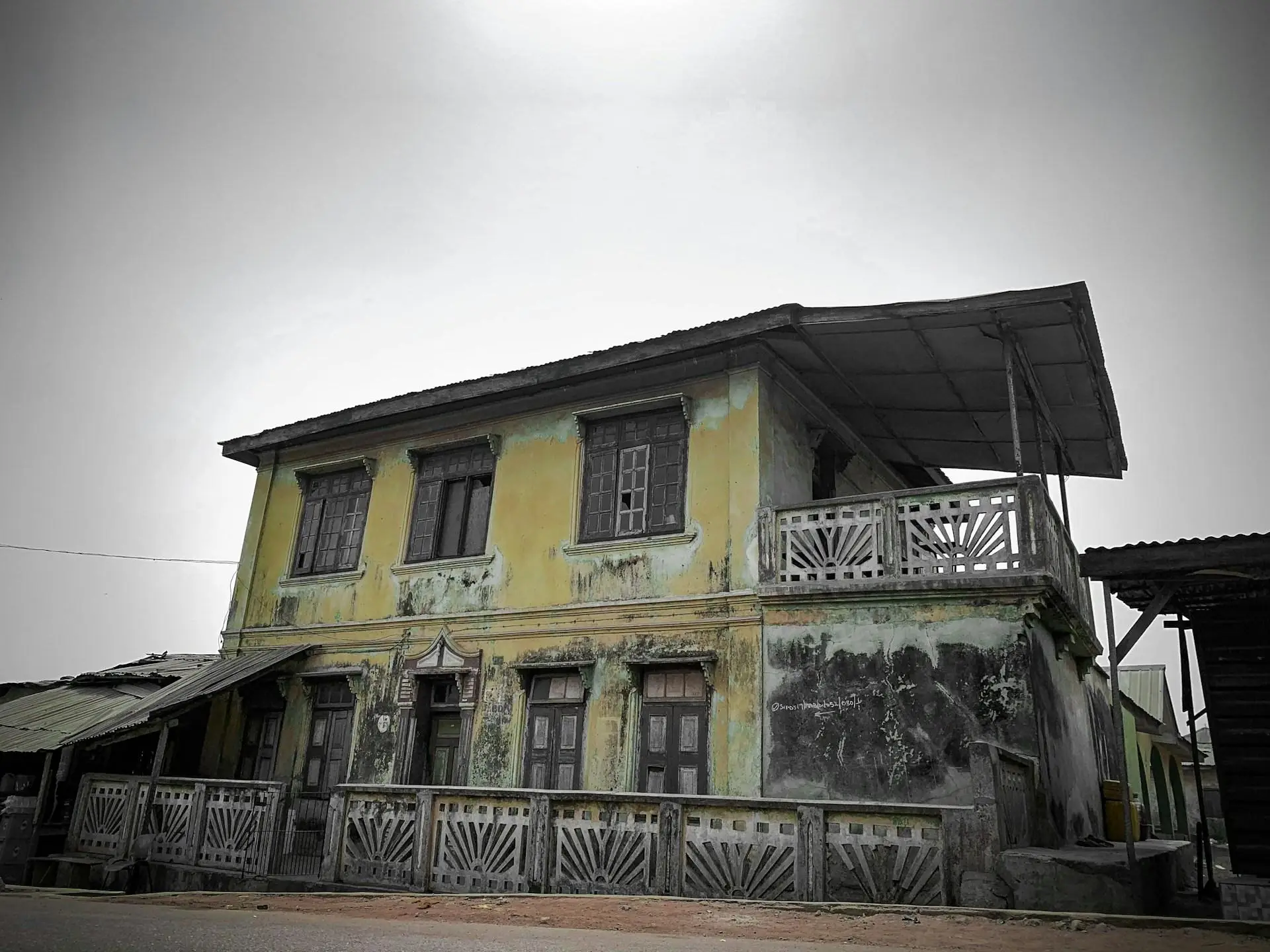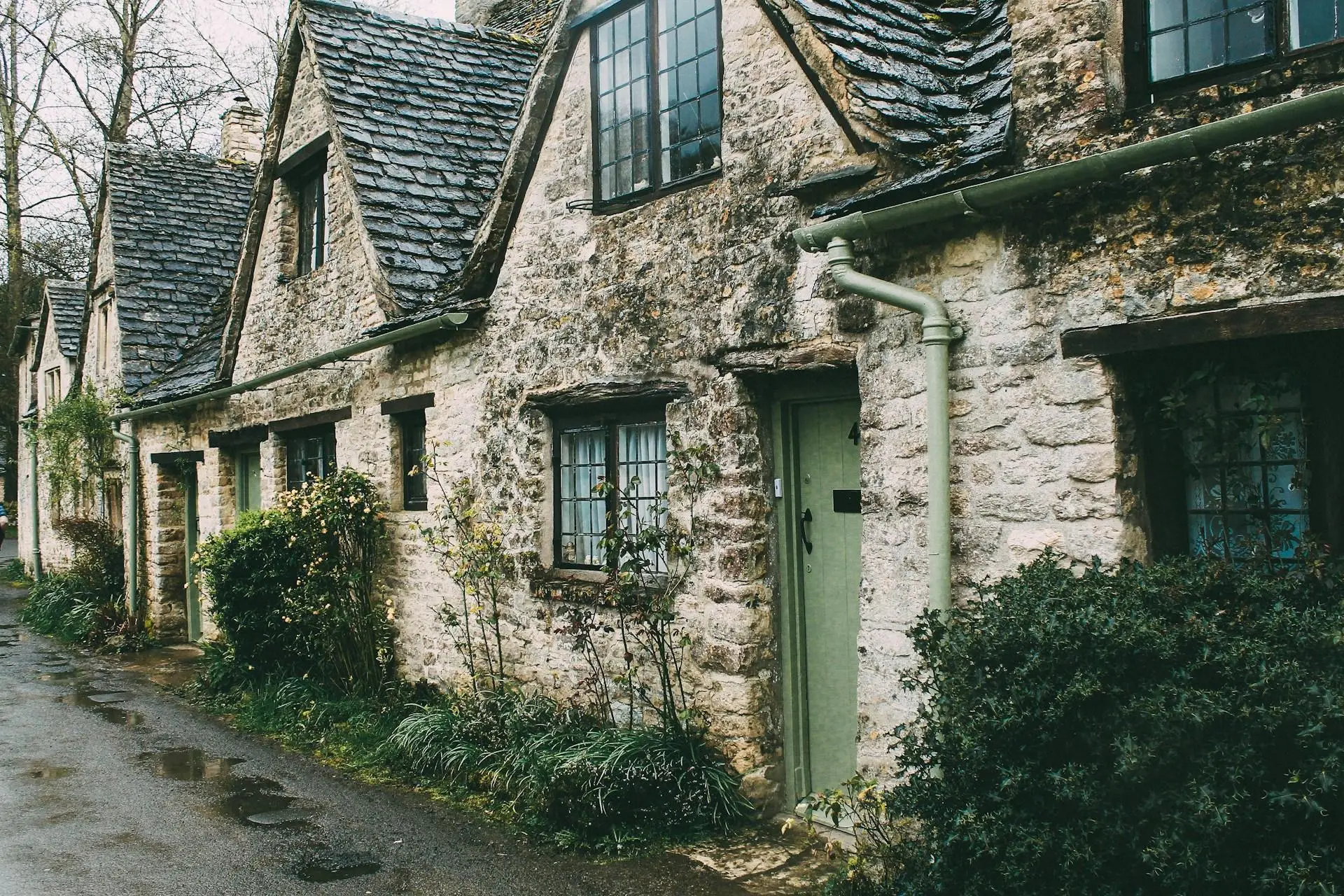Abandoned spaces possess a unique allure that captivates urban explorers, historians, and curious minds alike. These structures, once vibrant with life and activity, now stand as silent witnesses to the passage of time. Each abandoned building tells a story, whispering secrets of the past and offering a glimpse into the lives of those who once inhabited them. This article delves into the fascinating world of abandoned spaces, exploring what they reveal about history, culture, and the human experience.
#The Allure of Abandoned Architecture
Abandoned buildings often draw attention due to their mysterious and haunting aesthetic. The peeling paint, broken windows, and overgrown landscapes evoke a sense of decay and neglect, yet simultaneously offer a canvas for imagination and storytelling. These structures capture the essence of transience, reminding us of the impermanence of human endeavors and the relentless march of time.
#Historical Significance Embedded in Ruins
Each abandoned space holds a unique historical significance that can be uncovered through careful exploration and research. From forgotten factories that fueled the Industrial Revolution to grand mansions that once housed the elite, these structures reflect the societal and economic shifts of their time. By examining architectural styles, construction materials, and design elements, historians can piece together the stories of bygone eras.
#The Cultural Imprint of Abandoned Spaces
Abandoned buildings are more than just relics of the past; they are cultural artifacts that reveal the values, beliefs, and aspirations of the societies that built them. The murals, graffiti, and artifacts left behind provide insights into the cultural zeitgeist and the artistic expressions of previous generations. These spaces serve as time capsules, preserving the cultural identity of communities long gone.
#The Role of Nature in Reclaiming Abandoned Buildings
Nature plays a significant role in the transformation of abandoned spaces. As buildings deteriorate, flora and fauna gradually reclaim the land, creating a harmonious blend of human-made structures and natural elements. This phenomenon, known as urban decay, highlights the resilience and adaptability of nature, as well as the delicate balance between human civilization and the environment.
#The Stories of Forgotten Inhabitants
Abandoned spaces often hold personal stories of the individuals who once lived or worked within their walls. Through photographs, personal belongings, and handwritten notes left behind, we can piece together the lives of those who contributed to the history of these buildings. These personal narratives add a human dimension to the exploration of abandoned spaces, connecting us to the past on a deeply emotional level.
#The Impact of Economic and Social Change
Many abandoned buildings are the result of economic and social changes that have left communities in decline. Factors such as industrial shifts, urbanization, and population migration have led to the abandonment of factories, schools, and residential areas. By studying these trends, urban planners and policymakers can gain valuable insights into the challenges and opportunities faced by modern cities.
#Preservation Efforts and Adaptive Reuse
The growing interest in abandoned spaces has sparked initiatives aimed at preserving and repurposing these structures. Adaptive reuse projects transform derelict buildings into vibrant community centers, museums, and cultural hubs, breathing new life into forgotten spaces. These efforts not only preserve architectural heritage but also contribute to sustainable urban development.
#Abandoned Spaces as Inspiration for Art and Literature
The enigmatic beauty of abandoned spaces has inspired countless artists, writers, and filmmakers. These structures serve as powerful metaphors for themes of loss, nostalgia, and the passage of time, providing rich material for creative expression. Through various artistic mediums, the stories of abandoned buildings continue to resonate with audiences worldwide.
#The Ethical Considerations of Exploring Abandoned Spaces
While the exploration of abandoned spaces offers valuable insights, it also raises ethical considerations. Issues such as property rights, safety concerns, and the potential for vandalism must be carefully navigated by urban explorers and researchers. Responsible exploration ensures that these historical sites are respected and preserved for future generations.
#The Enduring Legacy of Abandoned Buildings
Ultimately, abandoned spaces serve as poignant reminders of the cyclical nature of human history. They challenge us to reflect on the legacy we leave behind and the impact of our actions on the world around us. By listening to the whispers of these silent structures, we gain a deeper understanding of our past and the enduring connections that bind us to it.
In conclusion, abandoned spaces offer a wealth of knowledge and inspiration, inviting us to explore the intricate tapestry of history, culture, and human experience. Through preservation, adaptive reuse, and responsible exploration, the stories of these buildings continue to captivate and enlighten us, ensuring that their whispers of the past are heard by generations to come.










